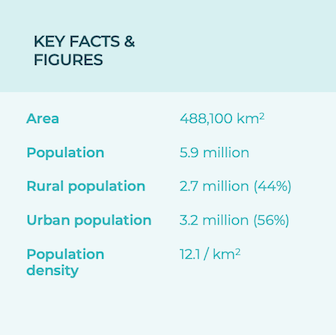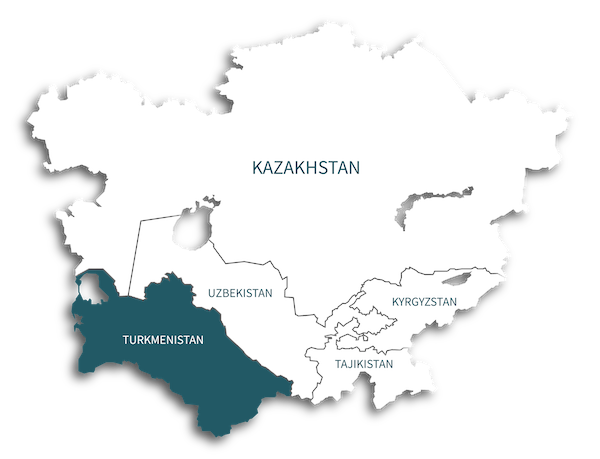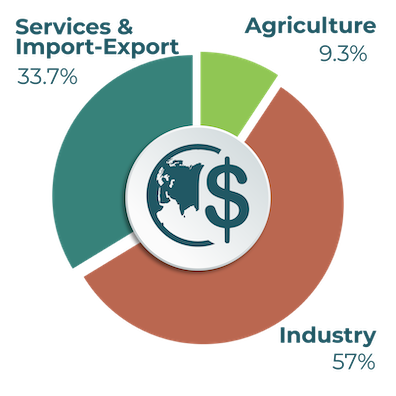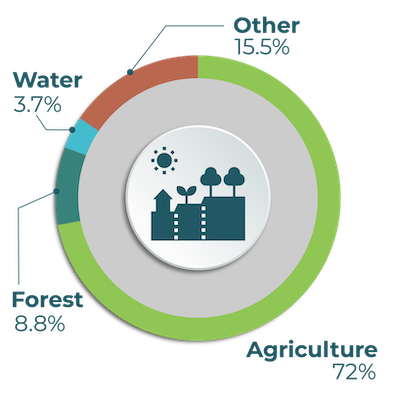OVERVIEW TURKMENISTAN
COUNTRY PROFILE
Turkmenistan
Explore the overview for a general context of how vulnerable and resilient Turkmenistan is to climate change. Explore climate impact and vulnerability by sector. View the results of the Climate Risk and Vulnerability Assessment for Turkmenistan. Explore the various options for climate adaptation in key sectors.
Country Context
Turkmenistan is predominantly an arid country located in Central Asia. Over 80% of its territory is characterized by desert and oases, with mountainous zones primarily along its southern borders. The Kara Kum, or Black Sand Desert, occupies almost 75 per cent of Turkmenistan's territory. Turkmenistan is among those countries which are more vulnerable to climate change impacts, facing challenges mainly in agriculture, water resources management, the public health system and natural ecosystems. Turkmenistan ratified the United Nations Framework Convention on Climate Change (UNFCCC) on July 5,1995 and the Kyoto Protocol to the UNFCCC in December 1998. In parallel, a State Commission has been created to ensure implementation of obligations of Turkmenistan arising from the international environmental conventions and programs.
Key Facts & Figures
Geography and population
With a territory of 488,100 km2, Turkmenistan is the second largest country in the sub-region. Turkmenistan's population of 5.9 million has a relatively low density of 12.1 inhabitants per km2, with 2.7 million (44%) living in rural areas and an urban population of 3.2 million (56%).
Economy
Turkmenistan's economy is based largely on intensive agriculture in irrigated oases and significant extractive industries, namely natural gas and oil resources. Agriculture accounts for over 9% of national GNI, employing nearly half of the country's workforce. Exports of fossil fuels make up about 25% of Turkmenistan’s GNI.
Agriculture
The two largest crops are cotton, most of which is produced for export, and wheat, which is domestically consumed. Other minor crops are produced in the oases areas, such as citrus, dates and other fiber crops.
Land Use
Turkmenistan utilizes most of its arable land for agricultural activities, which account for over 9 per cent of GNI. The desert of western Turkmenistan is an enormous and almost waterless expanse. Forest areas make up nearly 9 per cent of territory, and have been consistent in coverage over recent decades.
Energy Supply
Turkmenistan bases it's energy supply predominantly on natural gas and oil. The bulk of natural gas is sold and exported to neighboring China. Virtually 0% of hydropower capacity has been utilized or developed.






